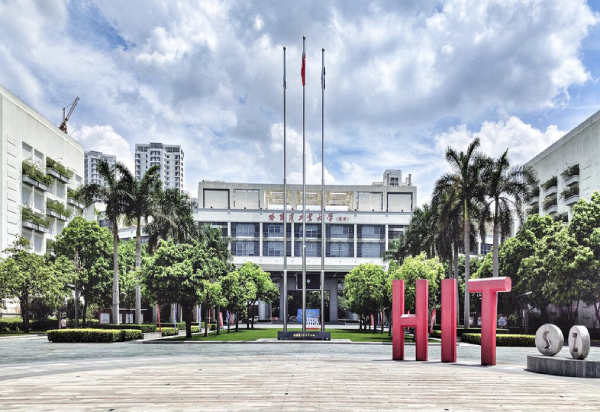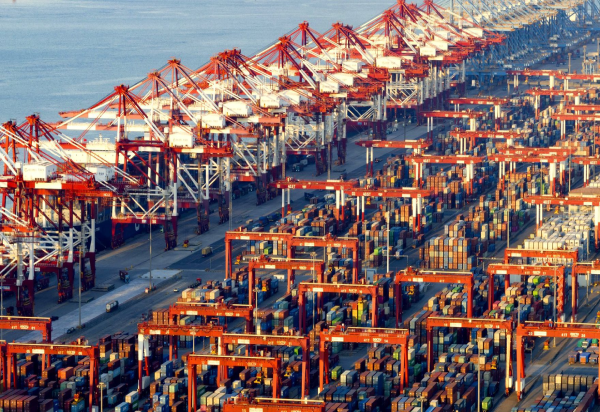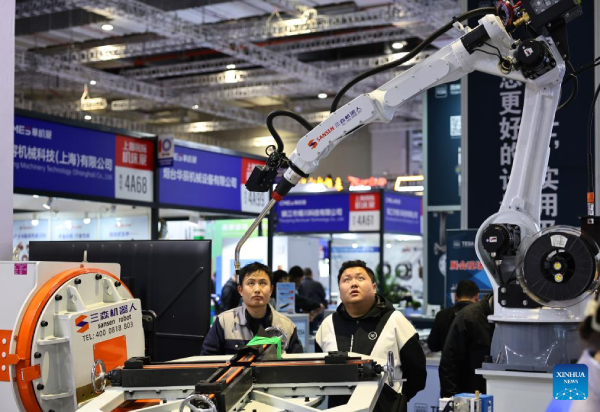China is striving to transform its global image from being merely the “world’s factory” to a global leader in technology and innovation, with a strong emphasis on quality and value-added products. This vision is embodied in major initiatives such as “Made in China 2025” (MIC2025), which aims to increase the domestic content of core materials to 70% by 2025 and reduce reliance on foreign suppliers for high-tech products and services. The initiative places particular focus on strategic sectors such as semiconductors, artificial intelligence, 5G, and electric vehicles. MIC2025 is not merely an ambitious industrial plan but a comprehensive strategy for national and economic security. The goal of self-sufficiency in core technologies is to minimize vulnerabilities to geopolitical pressures and sanctions, ensuring China’s technological independence in the face of external challenges. This underscores that technology has become a key battleground in global competition, and that innovation is not just a driver of growth, but a necessity for survival and sovereignty.
Leading Tech Sectors and Innovation Drivers
China is making notable progress across several critical technology sectors:
Artificial Intelligence (AI)
China aims to become the world leader in AI by 2030, backed by massive investments in the sector. In 2024, the U.S. had 40 prominent AI models, while China had 15, yet the quality gap is closing rapidly, signaling significant Chinese advancement. Tech giants such as Baidu (ERNIE Bot), Alibaba (Qwen), Tencent, and ByteDance (TikTok) are key players in developing AI models and applications. AI applications are widespread and include smart cities (Alibaba CityBrain), autonomous driving (Baidu Apollo, WeRide, Pony.AI), healthcare, and finance.
China’s rapid progress in AI and its narrowing gap with the U.S. are fueled by massive investments and broad applications across multiple sectors. However, regulations requiring AI to “uphold core socialist values” and “avoid content that undermines national sovereignty” raise questions about freedom of innovation and the use of AI for surveillance and censorship, potentially impacting international user trust and research collaboration.
5G Networks
China leads the global deployment of 5G networks, with companies like Huawei and China Telecom developing cutting-edge technologies such as 5G-A Intelligent Ultra Pooling Uplink to support mobile AI. 5G applications extend beyond traditional communications to smart industry (e.g., Shanghai Baosteel), the low-altitude economy, and smart cities, opening new growth horizons. 5G expansion in China is not just a network upgrade but the foundation for the Fourth Industrial Revolution. The high bandwidth and low latency of 5G are essential for AI, IoT, and autonomous driving, linking various tech sectors and creating an integrated ecosystem. Huawei’s pivotal role, despite global security concerns, highlights its importance in driving China’s technological innovation.
Semiconductor Industry
China aims for self-sufficiency in semiconductors but produced only 16% of its domestic needs in 2023, with projections to reach 26.6% by 2027. In 2022, the U.S. imposed unprecedented restrictions on exporting advanced semiconductor technologies to China, targeting chips smaller than 14 nanometers. Chinese companies, supported by substantial government funding, are developing domestic alternatives but remain at least five years behind global leaders in advanced manufacturing. The semiconductor sector is a strategic vulnerability for China, and U.S. sanctions have clearly delayed self-sufficiency. This challenge is not purely technological but a geopolitical struggle for tech dominance. China’s response—heavy investment in local R&D—demonstrates determination to reduce foreign reliance but may lead to “decoupling” in global supply chains, affecting global innovation and production costs.
Electric Vehicles (EV)
China dominates the global EV market, producing over 75% of lithium-ion batteries and about 80% of solar panels. The government has provided massive support to the sector, including $29 billion in tax subsidies to EV manufacturers from 2009 to 2022, accelerating adoption. BYD was the global leader in EV and hybrid vehicle sales in 2022, surpassing Tesla, with 97% of its vehicles sold domestically, reflecting its local market strength. CATL, a global leader in battery technology, is setting industry standards and expanding global production. China’s success in EVs and battery production is a model of state-supported industrial triumph, reflecting long-term strategies of R&D investment, generous incentives, and building integrated local supply chains. This gives China a major global competitive edge and supports its environmental and economic goals.
Biotechnology
Over the past decade, China has emerged as a biotech superpower in the global biopharmaceutical landscape. By 2023, China accounted for 23% of the global pipeline for innovative drugs and leads advancements in biology, precision medicine, and synthetic biology. R&D spending in Chinese biopharma surged to $15 billion in 2023, up sharply from just $35 million in 2015. This spending increasingly targets cutting-edge technologies such as cell and gene therapies, mRNA vaccines, and AI-driven drug discovery. China is a global leader in CAR-T therapies, with over 300 clinical trials registered by 2023, at significantly lower costs than in the U.S. This progress reflects not only China’s growing scientific capabilities but also its strategy to offer affordable, innovative healthcare solutions, bolstering its position as a global biotech hub.
Innovation Ecosystem and Challenges
China demonstrates strong commitment to enhancing its innovation ecosystem. Total R&D spending reached $667.6 billion in 2021, equivalent to 2.43% of GDP. This massive investment aims to drive innovation and attract top talent.
Cities like Shanghai, Hangzhou, and Beijing are dynamic innovation hubs. Shanghai is a fintech center, Hangzhou is home to entrepreneurship giants, and Beijing (especially Zhongguancun) is known as “China’s Silicon Valley.” These regions benefit from supportive government policies, academia-industry collaboration, and the presence of tech giants like Baidu, Alibaba, and Tencent.
However, China faces major challenges in talent and intellectual property (IP). Concerns about “brain drain” persist, as other countries seek to attract Chinese talent. China also faces repeated accusations of IP theft and state-sponsored economic espionage, despite Beijing’s denials and the introduction of laws banning forced tech transfer. These issues impact China’s reputation as a reliable innovation partner and hinder collaboration with foreign firms.
Regulatory Environment and Corporate Impact
China has undertaken a sweeping regulatory crackdown on big tech companies, targeting issues such as monopolistic practices, data security, and labor rights. This aims to rein in the growing power of tech giants and align them with national socio-economic goals. For example, new rules requiring labeling of AI-generated content took effect in September 2025. The Cyberspace Administration of China (CAC) is focused on enhancing AI content labeling and combating misinformation.
These measures indicate that the Chinese government seeks a delicate balance between fostering innovation and controlling its social and economic impacts. While such regulations may increase transparency and accountability, they may also constrain innovation freedom and raise compliance costs, potentially affecting global competitiveness.
Conclusion: China at the Forefront of Global Innovation
China has firmly established itself as an unignorable global tech power, driven by massive R&D investments, ambitious national strategies, and a dynamic innovation ecosystem. It is emerging as a leader in key fields such as AI, 5G, and EVs, with notable progress in biotechnology. However, its path to technological dominance is fraught with challenges. Concerns over semiconductor self-sufficiency, geopolitical tensions, brain drain, intellectual property, and a stringent regulatory environment may all impact its future momentum.
China’s technological future requires a careful balance between state-driven innovation, talent cultivation, and international cooperation, while addressing transparency and IP concerns. Its ability to overcome these challenges will determine not only its position in the global economy but also the shape of the global tech landscape in the coming decades.








